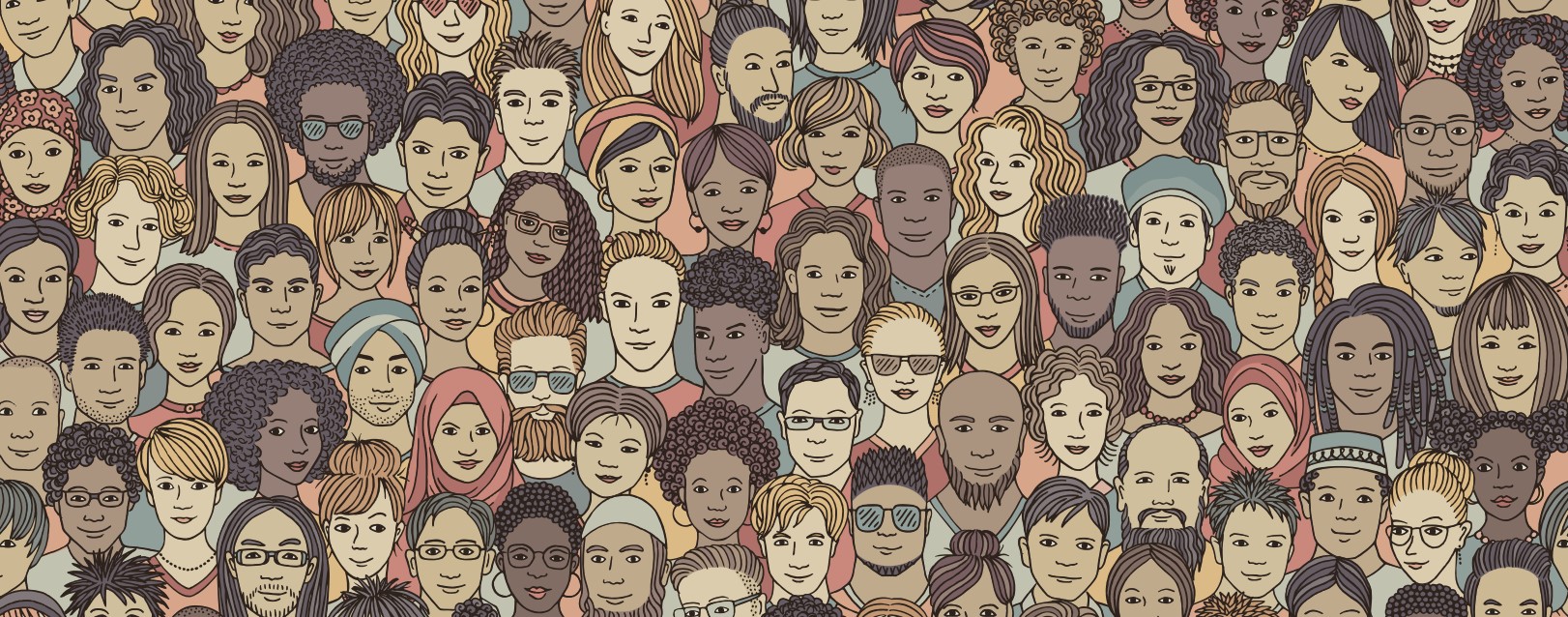The Allegheny County Department of Human Services (DHS) actively monitors the size, location and conditions of tent encampments in areas frequented by people without housing (e.g., Downtown Pittsburgh and the riverfront trails).
What data is available?
The encampment survey dashboard covers encampment data for three areas – the North Side trail, South Side trail, and areas in Downtown Pittsburgh with visible homelessness. Surveyors document information in an online survey tool, including the location of the encampment, the number of tents/structures and whether any immediate action is needed. The data helps DHS track changes in encampment conditions, size, and location over time. The dashboard displays encampment counts from May 2023 to the present, and its data updates weekly.
This data does not attempt to calculate the number of people using tent encampments. A tent or makeshift structure may house one or more people. It may also be vacant, shared, borrowed or used for storage. This dashboard’s scope is confined to specific locations with visible homelessness around Pittsburgh. It does not include data on other encampments that may be hidden from public view but still known to DHS or other outreach providers.
How does DHS use the dashboard data?
This information is reported weekly to DHS, the City of Pittsburgh, and homeless outreach and partner organizations, to ensure that they have the best information available for decision-making and to provide a timely response to any issues that may impact the safety of people using and/or sleeping in these public spaces. In addition to using these data to drive real-time action, trends in the data help quantify community needs, including emergency shelter demand and crisis response planning. This data – crossed with other data sources about the number of people experiencing homelessness – provides measurable outcomes to understand the extent to which investments in housing and supportive services impact visible homelessness.
DHS is aware that the presence of tent encampments can generate strong feelings in the public – from concern for health and safety to discomfort or fear. However, homelessness is often a negative outcome of economic hardship, systemic inequities and trauma – outcomes many people experience. Therefore, DHS encourages dashboard viewers to interpret the data with care. Interpretations made from this data should remain mindful of peoples’ lived experience.
This dashboard has the opportunity to influence public policy, inform public safety, enhance outreach responses and support broad efforts to improve the lives of individuals in the community. If you are interested in learning more about housing instability and homelessness, we invite you to review additional related dashboards and reports on homelessness and shelters.
Click here to view the Encampment Survey Dashboard.
Questions or Feedback?
We welcome your questions and suggestions. To share feedback, you can reach us at DHSResearch@alleghenycounty.us. If you’d like to stay informed, consider signing up for our newsletter. To learn how to use DHS data in your research, please visit our Requesting Data page. Thank you for your time and interest. Your engagement helps shape and improve how we share data that matters.














